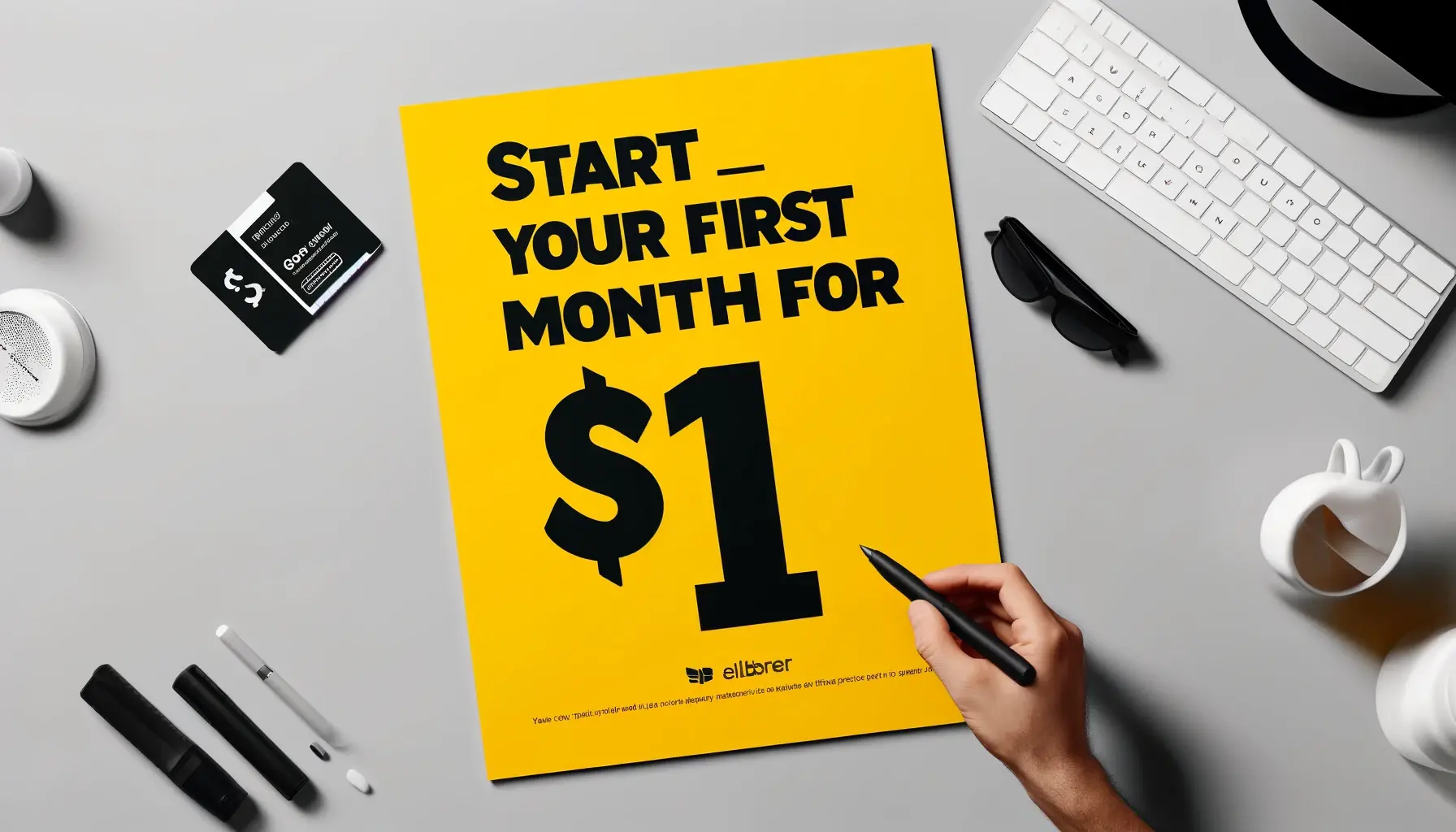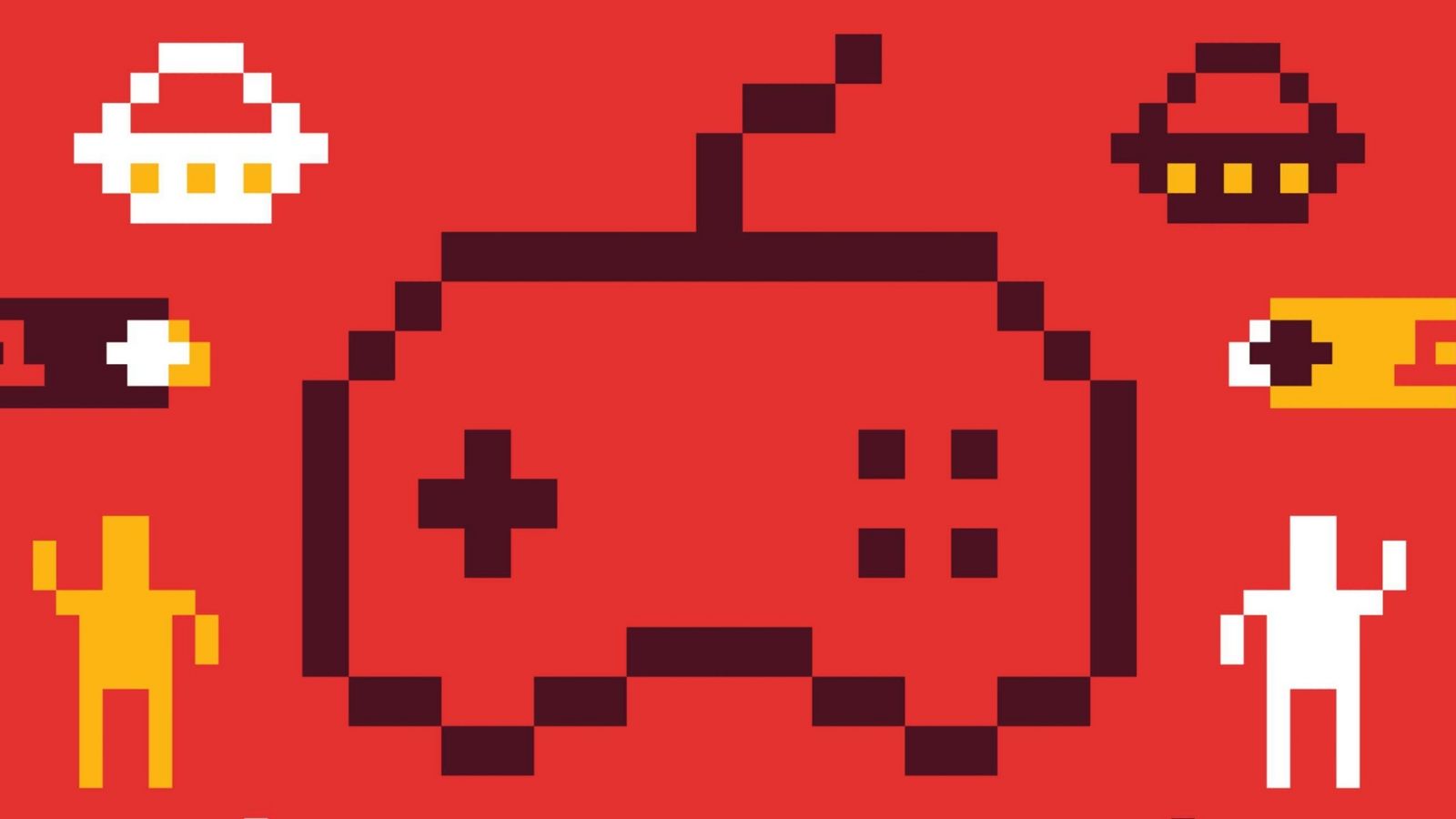
Sell your video game successfully by understanding your market, crafting a solid brand, and using strategic marketing to engage audiences and boost sales.
When it comes to selling a video game, it’s not just about making something fun or beautiful — it’s about making sure people actually play it. The video game industry is incredibly competitive, and breaking through the noise requires smart strategy, solid marketing, and a deep understanding of your audience. Whether you’re an indie developer or part of a larger studio like RetroStyle Games, successfully launching your game involves careful planning from start to finish. From pricing and positioning to building excitement before the launch and keeping momentum going after, there’s a lot to consider. But with the right approach, you can turn your game into a must-have experience that players are eager to buy and talk about. Let’s break down how to navigate each step and set your game up for success.
Understand Your Market
Understanding your market is the foundation of any successful game sale. You need to know who your players are, what they want, and where they hang out online. Start by defining your target audience — are you making a game for casual players, hardcore gamers, or maybe a specific niche like retro enthusiasts or strategy fans? Knowing this will guide everything from the character animation services you use to marketing.
Next, do your research. Look at similar games in your genre — what’s working for them, and what isn’t? Dive into forums, read reviews, and analyze how other developers like RetroStyle Games are positioning their games. This helps you spot trends, gaps, or even untapped opportunities in the market.
Once you have this data, craft your Unique Selling Proposition (USP). This is what makes your game different from the rest. Maybe it’s an innovative mechanic, a unique story, or a fresh take on a classic genre. Your USP should resonate with your audience’s interests and desires, and it’ll be the driving force behind your marketing messages.
So, the bottom line here is: take the time to really get to know your audience and the competition. It’s like setting up a roadmap — you need to know where you’re going before you can plot the best course to get there.
Pricing Strategy
Pricing strategy is one of the most critical decisions you’ll make when selling your game. Get it right, and you could unlock massive sales; get it wrong, and it could be a missed opportunity. The key is finding a balance between what players are willing to pay and what your game is actually worth in the market.
There are a few common pricing models to consider. The most straightforward is the premium model, where players pay a set price upfront for the full game. This works well if your game offers a complete experience. But if you’re building a game with a lot of ongoing content or multiplayer features, a freemium model might make more sense, where the game is free to play but you monetize through in-app purchases or microtransactions.
Another option is the subscription model, which has been growing in popularity — especially for games with regular updates and expansions like Ocean Keeper. If your game is more service-oriented, this might give you a steady stream of revenue over time.
When deciding on a price, you also need to consider what your competitors are charging. Price too high and you risk scaring away potential buyers; too low, and you might undermine your game’s perceived value. It’s worth doing a bit of market research to see where similar games are priced and align your pricing accordingly.
And don’t forget about sales and discounts. Periodic price cuts or participation in seasonal promotions can give your game a visibility boost, especially during launch periods or after major updates. But always ensure your pricing strategy aligns with the overall value you’re offering, so your game doesn’t end up undervalued in the eyes of your players.
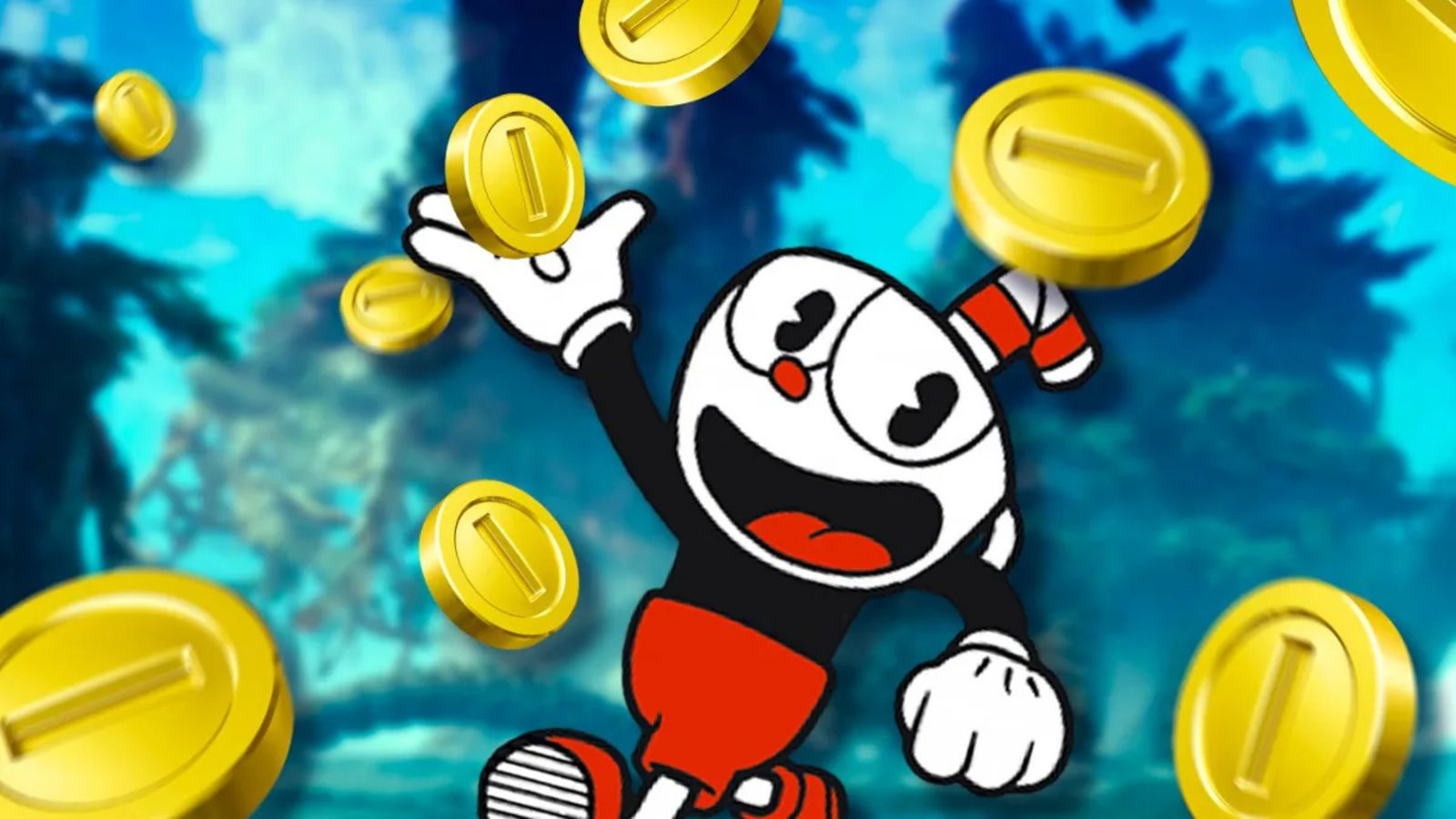
Building a Brand and Online Presence
Building a strong brand and online presence is essential for selling your game. Think of it as creating the personality of your game — how it looks, how it feels, and the story it tells. A memorable brand is what will make players recognize your game on a crowded market shelf (or digital storefront) and feel connected to it.
Start with a solid visual identity: your logo, color scheme, and overall aesthetic should reflect the tone and style of your game. Is it dark and gritty? Light and whimsical? Make sure your visuals are consistent across all platforms, from the game’s website to social media profiles, and even in-game art. This helps establish a cohesive look that’s easy for players to identify.
Next, dive into social media. Platforms like Twitter, Instagram, and TikTok are key for building hype and engaging directly with potential players. Share behind-the-scenes content, sneak peeks, and development updates to give fans a sense of ownership and excitement about your game. It’s also a great way to get early feedback and make your players feel involved.
But don’t stop there — create a community around your game as RetroStyle Games did.. This could be a Discord server, subreddit, or even just regular interactions in comment sections. Community engagement is crucial because it turns players into advocates. When they feel connected to your game on a personal level, they’re more likely to spread the word, recommend it to friends, or share it on social media.
Lastly, leverage influencers and content creators. Reach out to YouTubers, streamers, and bloggers who align with your game’s vibe and ask them to try it out. A strong endorsement from an influencer can do wonders for visibility, especially if they already have a dedicated audience.
Building your brand and presence online is about creating trust and excitement. If you do it right, your game will start to sell itself through word-of-mouth and a loyal fan base.
Pre-Launch Activities
Pre-launch activities are all about building anticipation and laying the groundwork for a successful release. Think of it as setting the stage for your game to shine. The more excitement you generate before launch, the more likely you’ll be able to hit the ground running when the game goes live.
One of the first things you should focus on is creating buzz through teasers and trailers. These don’t need to be full-length, polished cinematics; even short, captivating clips can spark interest. Make sure your trailers highlight the most exciting aspects of your game — whether it’s the gameplay, the story, or the art style. A great trailer should make people feel like they have to see more.
Beta testing is another crucial pre-launch activity. It not only helps you iron out bugs and improve the user experience, but it also gets players involved early on. Use beta tests as a way to build a dedicated community before your game is even out. Give testers exclusive access, and encourage them to share their experiences on social media, forums, or streaming platforms. This creates a sense of exclusivity and FOMO (fear of missing out), which can generate even more excitement.
Outreach to the press and influencers is essential, too. You’ll want to get game reviewers, bloggers, and content creators to take notice of your game. Send them press kits, and early access keys, and offer to do interviews or share exclusive content. The more coverage you can get before launch, the better your chances are of creating a wave of initial interest.
If your game is on platforms like Kickstarter, consider running a crowdfunding campaign. This not only helps with funding but also acts as a built-in marketing tool. People who back your game early become your biggest advocates, helping to spread the word and get others excited.
In short, pre-launch is your chance to create momentum. It’s about getting your game into the hands of influencers, players, and reviewers early, so by the time launch day rolls around, you’ve already got a solid fanbase and plenty of buzz to help drive sales.
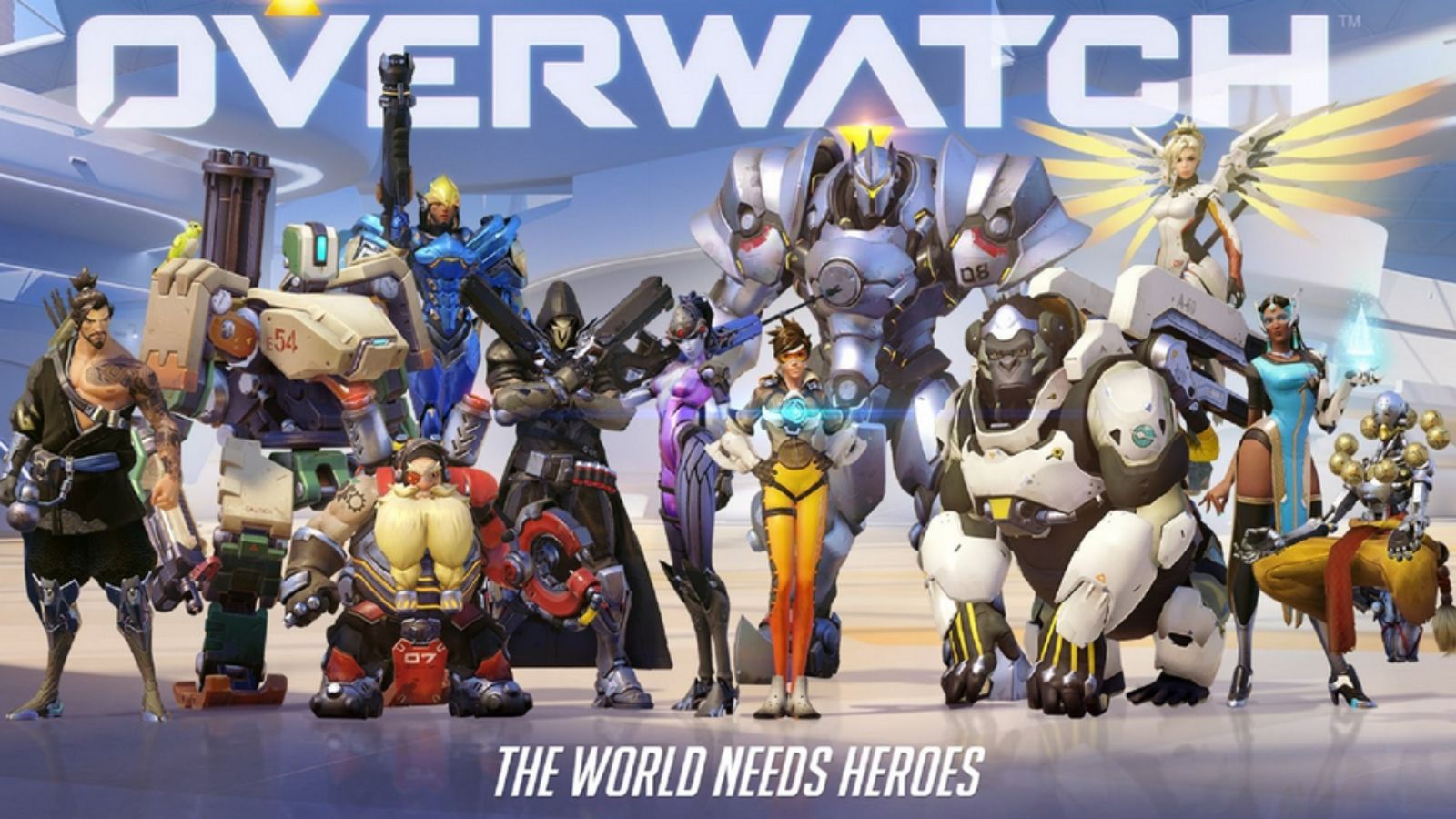
Launch Strategy
Your launch strategy is where all the hard work you’ve put in leading up to the release pays off. This is the moment to create a splash and make sure your game gets the attention it deserves. A successful launch doesn’t just happen; it requires careful planning and the right tactics to maximize visibility and drive sales.
1. Decide where your game is going to launch
Are you going for major platforms like Steam, PlayStation, or Xbox? Or are you focusing on mobile stores like the App Store or Google Play? Each platform has its own audience, tools, and promotional opportunities, so choose the one (or multiple) that makes the most sense for your game. Consider exclusivity deals, early access, or timed releases if they help give you a competitive edge.
2. Ramp up your marketing
Social media is your best friend here. During the launch period, your posts should be everywhere — Twitter, Instagram, TikTok, Facebook — keeping the excitement high and reminding potential buyers that it’s finally time to grab the game. You can also run ads on social media, Google, or even YouTube to target players who are most likely to enjoy your game. Don’t forget to use your influencers and content creators to amplify the message. If you’ve already connected with streamers or YouTubers, they should be streaming and posting about your game on launch day to drive real-time engagement.
3. Create an event around the launch
Live streams, countdowns, or even special in-game events for launch day can generate additional buzz and encourage people to buy right away. Offering limited-time promotions or exclusive bonuses (like in-game skins, early access content, or a special edition) is a great way to encourage people to act fast.
4. Don’t forget about customer support
Players will inevitably encounter bugs or issues, and how you handle these early problems can make or break your reputation. Be prepared with a support team to respond quickly and ensure that players feel heard and valued.
A well-executed launch strategy is about making your game impossible to ignore when it drops. Get your game in front of as many eyes as possible, build excitement with exclusive content, and keep the conversation going through social media and influencers. That initial push will be crucial for driving sales and setting the tone for your game’s future success.
Post-Launch Marketing
Post-launch marketing is where you keep the momentum going and ensure your game continues to thrive after it hits the market. The excitement of launch might settle, but your work isn’t over yet. This is the time to focus on long-term engagement, keeping your community involved, and driving continued sales.
1. Keep your players engaged
The launch is just the beginning, and players will want to see updates, new content, and fresh reasons to keep playing. Regular updates — bug fixes, new levels, or seasonal events — are key to maintaining interest. Announcing these updates ahead of time and teasing new features on social media can keep your community excited and invested.
2. Stay in touch with your community
Players appreciate being heard, so make sure to listen to their feedback, address their concerns, and show them that you’re actively improving the game. This builds trust and loyalty. If you have an official forum, Discord server, or active social media channels, use those to connect with your audience regularly. Ask for feedback, run polls, or host Q&A sessions to keep the dialogue open.
3. Consider running promotions or offering discounts during seasonal sales or special events
Platforms like Steam or PlayStation often have discounts during major sales events, and participating in these can help attract new players who may have missed your launch. Additionally, creating bundles or offering the game at a lower price for a limited time can give your sales a nice boost.
4. Keep generating buzz through influencers and streamers
If your game is getting good reviews or achieving milestones, use that as leverage. Reach out to influencers who may have missed the initial launch and invite them to play or review the game. The right endorsement can extend the lifespan of your game, especially if it’s a title that benefits from live-streamed content.
5. Don’t forget to monitor reviews and player feedback
If there are recurring issues or new ideas from the community, be proactive about addressing them in patches or updates. The quicker you react, the better your game will be remembered by players.
Post-launch marketing is about turning your initial success into sustained growth. By continuing to engage your community, providing fresh content, and being proactive with updates and promotions, you can keep the excitement alive and your game selling long after launch day.
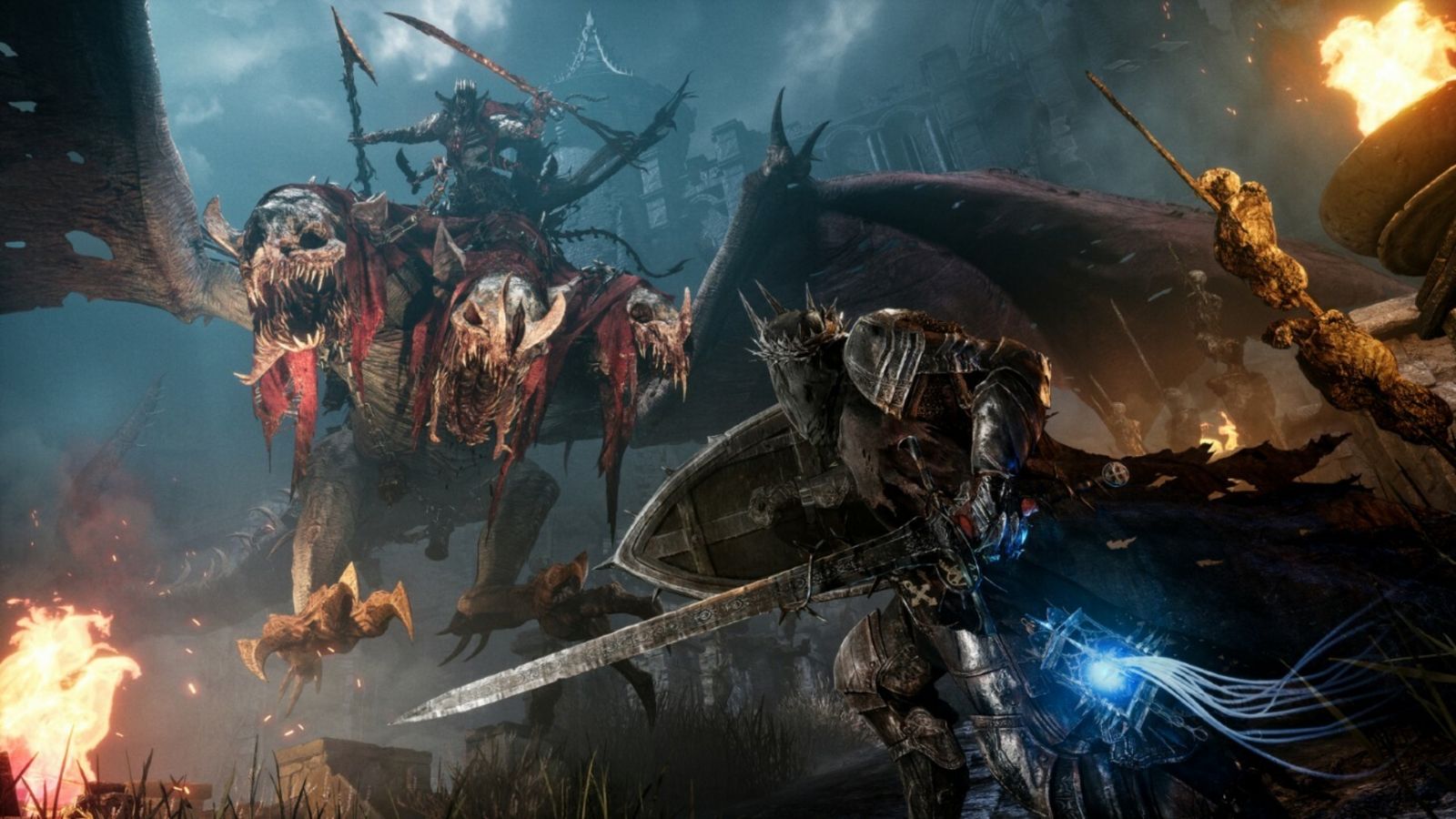
Ongoing Sales and Long-Term Growth
Ongoing sales and long-term growth are all about making sure your game doesn’t just get a quick spike in sales and then disappear. You want to keep it alive, attract new players over time, and continue building a community that keeps coming back for more.
One effective way to do this is through continuous content updates. If your game can offer something fresh regularly, it’ll keep players engaged and encourage them to share the game with others. Plus, if you have a roadmap for updates, players can look forward to what’s next, keeping the excitement alive. Don’t underestimate the power of content drops; they can reignite interest and drive sales months after the initial release.
DLCs (Downloadable Content) or expansions are another great way to build on the success of your game. If your base game is solid and well-received, consider releasing paid or free DLCs that add new content or features. Not only does this give players more value, but it also encourages them to keep playing and even bring new customers in who want to experience the full package.
Seasonal promotions, bundles, and discounts can also help boost ongoing sales. Platforms like Steam or Xbox have major sales events, and participating in those can attract buyers who might be hesitant to purchase at full price. Running a promotion at the right time — such as during a holiday, an anniversary, or a milestone — can breathe new life into your game’s visibility. Additionally, bundling your game with others or offering discounts on the game and its expansions can attract players who might have passed on it at full price.
Building a strong community is also key to long-term growth. Word of mouth is one of the most powerful tools in any game’s sales strategy, and if you foster a loyal fanbase, they’ll help spread the word for you. Engaging with fans on social media, hosting events, and maintaining active forums or Discord servers are great ways to keep that community strong. A vibrant, passionate community will not only keep your game alive but also attract new players who want to be part of that world.
Finally, don’t forget to track and measure your sales data. Understanding what’s working and what isn’t helps you adjust your strategies. Are your updates driving more sales? Are seasonal discounts performing well? Use that information to fine-tune your approach and optimize your efforts for better long-term results.
Ongoing sales and long-term growth are about maintaining momentum. If you can keep your game relevant with fresh content, foster a loyal fanbase, and use smart promotional strategies, your game will have a much longer shelf life and continue bringing in sales well beyond launch.
Conclusion
Selling a video game is more than just putting it on a platform and hoping for the best. It’s about crafting a strategy that encompasses everything from understanding your market to building excitement pre-launch, executing a strong launch, and maintaining that momentum for long-term success. The gaming industry is competitive, but with the right planning, marketing, and community engagement, you can set your game up for success and turn it into something players want to experience and share.
Remember, it’s all about creating value and excitement for your players — whether that’s through the gameplay itself, the experience you build around it, or the content you keep offering down the line. If you focus on understanding your audience, delivering a memorable experience, and continuing to engage your community, you’ll not only make a successful launch but also build a game that has lasting appeal.
In the end, selling a video game isn’t a one-time effort; it’s an ongoing process that requires dedication, creativity, and strategic thinking. Keep adapting, stay connected to your players, and always look for new ways to innovate. With the right approach, your game can thrive for years to come.
Was this news helpful?







 Yes, great stuff!
Yes, great stuff! I’m not sure
I’m not sure No, doesn’t relate
No, doesn’t relate